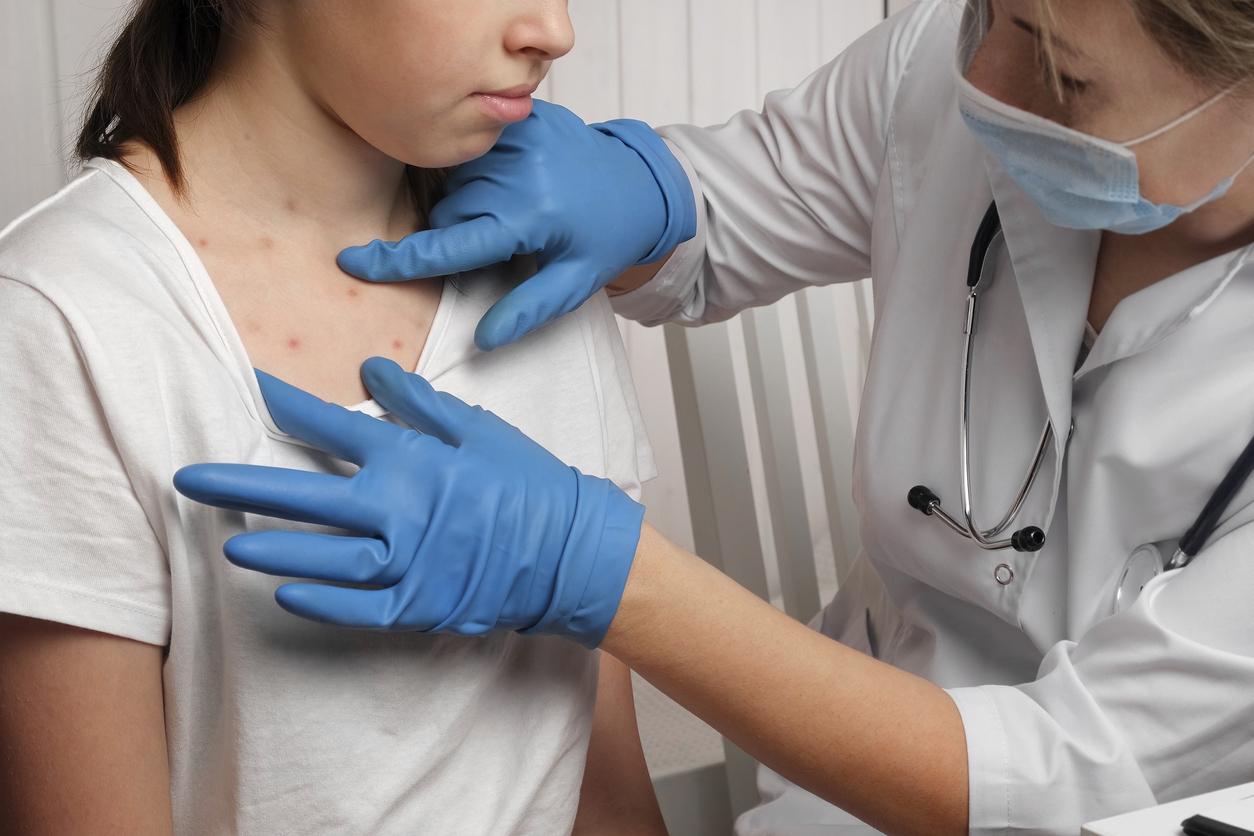The spread of HIV continues to increase among young men who have sex with men. Prevention must adapt.

- Of the men who frequent gay hangouts, 45% have had more than 10 partners in the year.
- 32% do not always wear a condom during anal sex.
- 21% have taken psychoactive substances before or during sex.
- These practices increase the risk of contracting a sexually transmitted infection, including HIV.
The fight against the HIV epidemic must be stepped up. And above all, adapt to young audiences. This is because the spread of the virus tends to slow down in adults. But between 18 and 24, it remains higher than elsewhere in Europe. This should push health authorities to change their approach.
These conclusions come from a group of experts from Public Health France, authors of a item dedicated in the Weekly Epidemiological Bulletin (BEH).
They analyzed the dynamics of HIV infections within a specific population: men who have sex with men (MSM) who frequent places of gay socializing – such as bars, backrooms or saunas.
The challenge of modernity
Among the study participants, 6% of those under 30 are HIV positive. The rate of contamination increases with age, reaching one in five respondents after 45 years.
But that’s not what worries the authors of this article the most. The circulation of HIV is higher among young French people than anywhere in Europe. And it continues to increase.
Historically, places of gay socializing have been at the heart of HIV programs. Very involved in prevention, they offer a plethora of information to those who go there. But if they continue to be frequented, they fade away in favor of new technologies, which do not benefit from the same partnership.
In fact, dating apps are weighing more and more heavily in the balance. “The diversification of sexual networks and methods of meeting (geo-localized mobile applications in particular) is a real challenge for information and prevention systems”, recognizes in editorial Prof. François Dabis.
The director of the National Agency for Research on AIDS and Viral Hepatitis (ANRS) considers it necessary to diversify research approaches in order to better understand new practices.
A good detection rate
Inequalities also remain very heavy between the different cities included in the study. On average, 14.3% of MSM who use bars, saunas and backrooms are infected with HIV. But the affected population varies from single to double between Lille, the least affected, and Nice or Paris.
This finding is not surprising, since the results correspond to the dynamics of the epidemic in the country. The authors also underline the major impact of the number of places of conviviality in the region. In Paris, Nice or Montpellier, these spaces are numerous and often associated with risky sexual consumption.
However, all is not gloomy in this new assessment. Thanks to the involvement of places frequented by MSM, most people living with HIV know that they are carriers of HIV. Only 9% of respondents do not know. The treatment rate is also very good, since 95% of seropositive men benefit from antiretroviral treatment.
Extend prevention
These results bode well. UNAIDS has set a target for 2020: that 90% of infected people be screened, that 90% of them be treated, and that 90% of them have an undetectable viral load.
In light of current data, a number of elements have been brought together to curb the HIV epidemic in the long term. Because once the viral load is reduced to a minimum, the risk of contamination is zero. Unprotected sex is therefore less risky.
But Professor François Dabis insists on one point: the prevention offer must continue to expand in order to further improve the balance sheet. “It is clear from these survey data that diversified prevention must quickly become the rule, especially among MSM in France,” he writes.

Four areas are priorities: continued promotion of condom use, expanded access to pre-exposure prophylaxis (PrEP), increased practice of STI screening and adoption of recommended vaccinations. Their implementation is “necessary and urgent”, insists François Dabis.
In the eyes of the director of the ANRS, it would also be judicious to develop the notification of an infection to partners, with the aim of improving screening. This strategy “has shown its interest for many years in several Anglo-Saxon countries as part of a global strategy for the prevention of sexually transmitted infections”, he underlines.
The epidemic has stagnated since 2011
“The 6,000 new discoveries of seropositivity each year still weigh heavily on the burden of the disease, on our health system and testify to the inadequacies in terms of prevention”, deplores François Dabis, in an editorial for this BEH. Since 2011, the HIV epidemic has stagnated in France, despite the diversification of prevention offers.
Certain populations are particularly at risk of contamination, in particular if they frequent places of gay conviviality. Go to the backrooms Significantly increases the likelihood of being HIV positive, as does having unprotected anal sex or having previously contracted a sexually transmitted infection (STI).
.
















